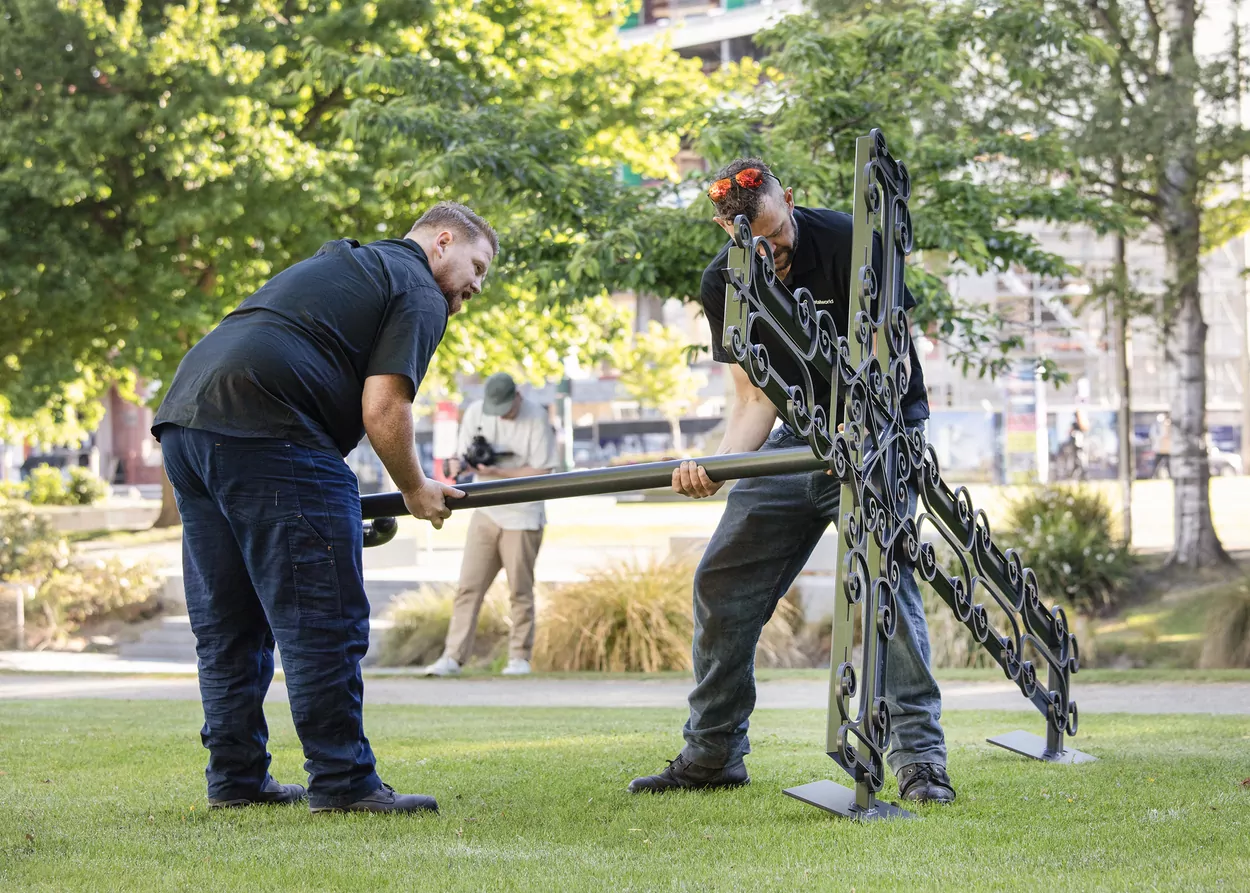The long-lost ship of legendary explorer Captain James Cook has been found off the coast of the United States, 250 years after it vanished from history.
The HMS Endeavour, which famously carried Cook on his first Pacific voyage between 1768 and 1771, has been identified as wreck RI 2394 in Newport Harbor, Rhode Island.
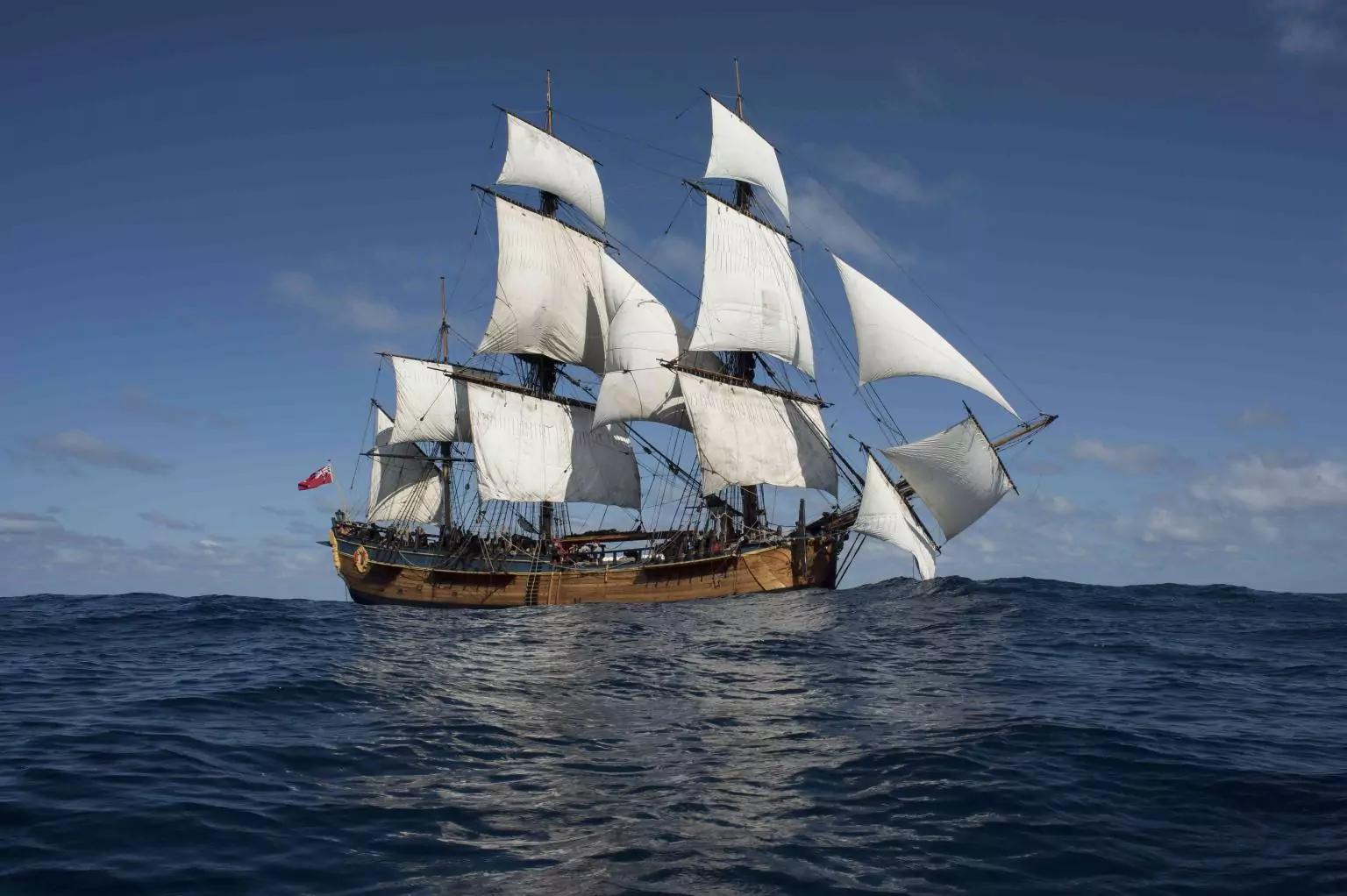
replica of the Endeavour, Capt. Cook’s legendary ship.
Credit: David Knight/ANMM via Pen News
During that historic journey, Endeavour became the first European vessel to reach eastern Australia and successfully circumnavigate the main islands of New Zealand.
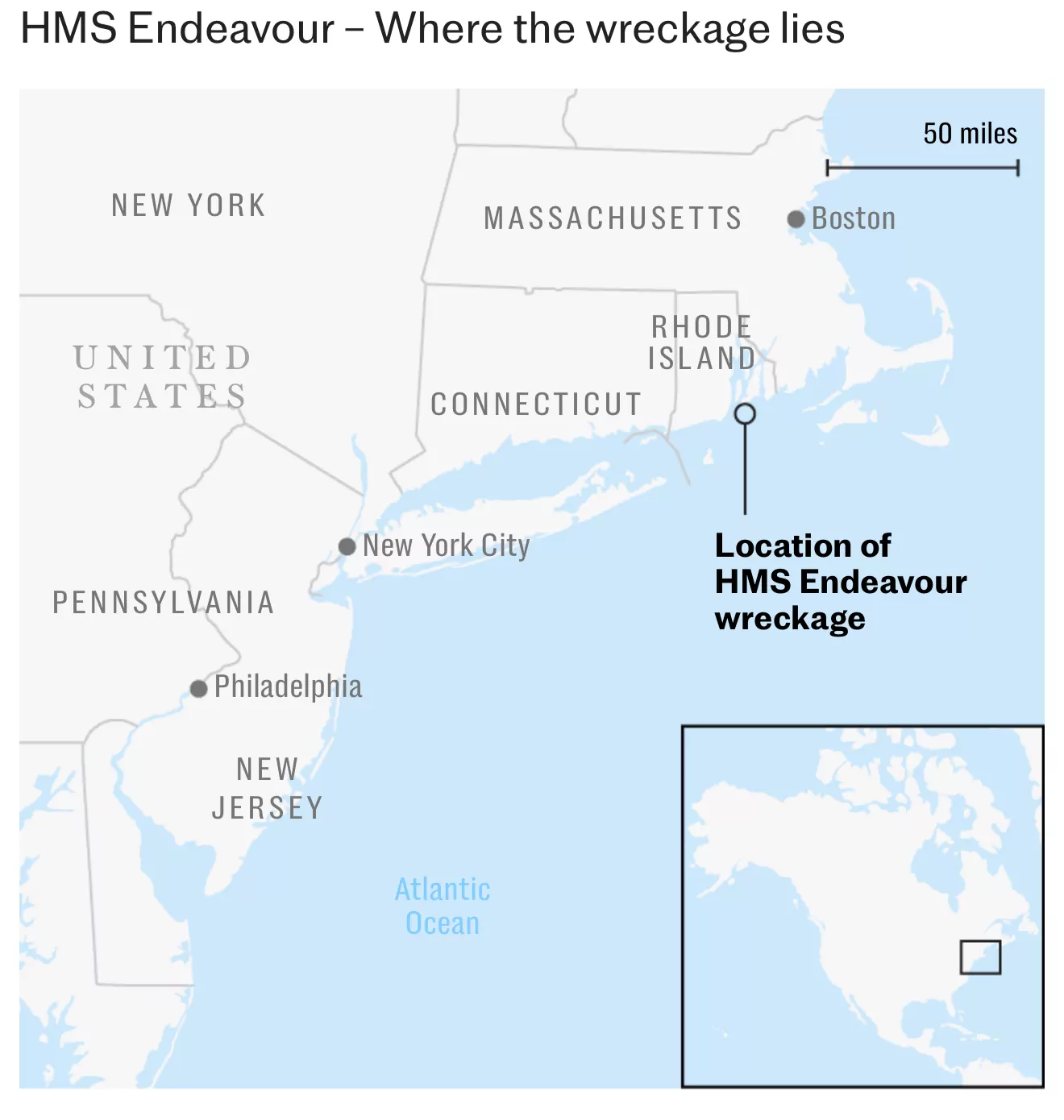
The discovery was confirmed by the Australian National Maritime Museum (ANMM) in a detailed final report following a 25-year archaeological investigation.
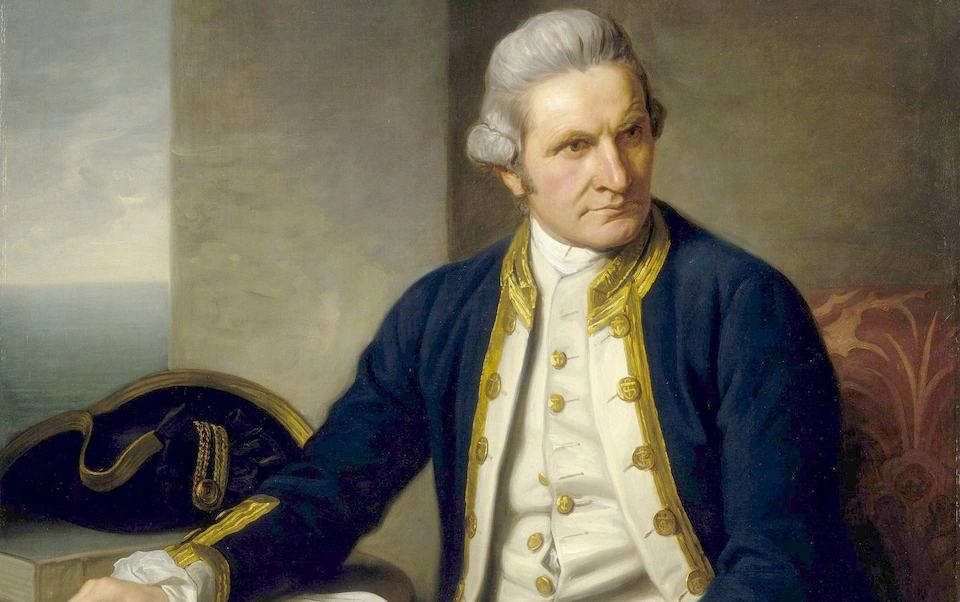
Experts have compared RI 2394 with historical plans of Captain Cook’s ship Credit: Pen News
ANMM director Daryl Karp said, “This final report is the culmination of 25 years of detailed and meticulous archaeological study on this important vessel. It has involved underwater investigation in the US and extensive research in institutions across the globe.”
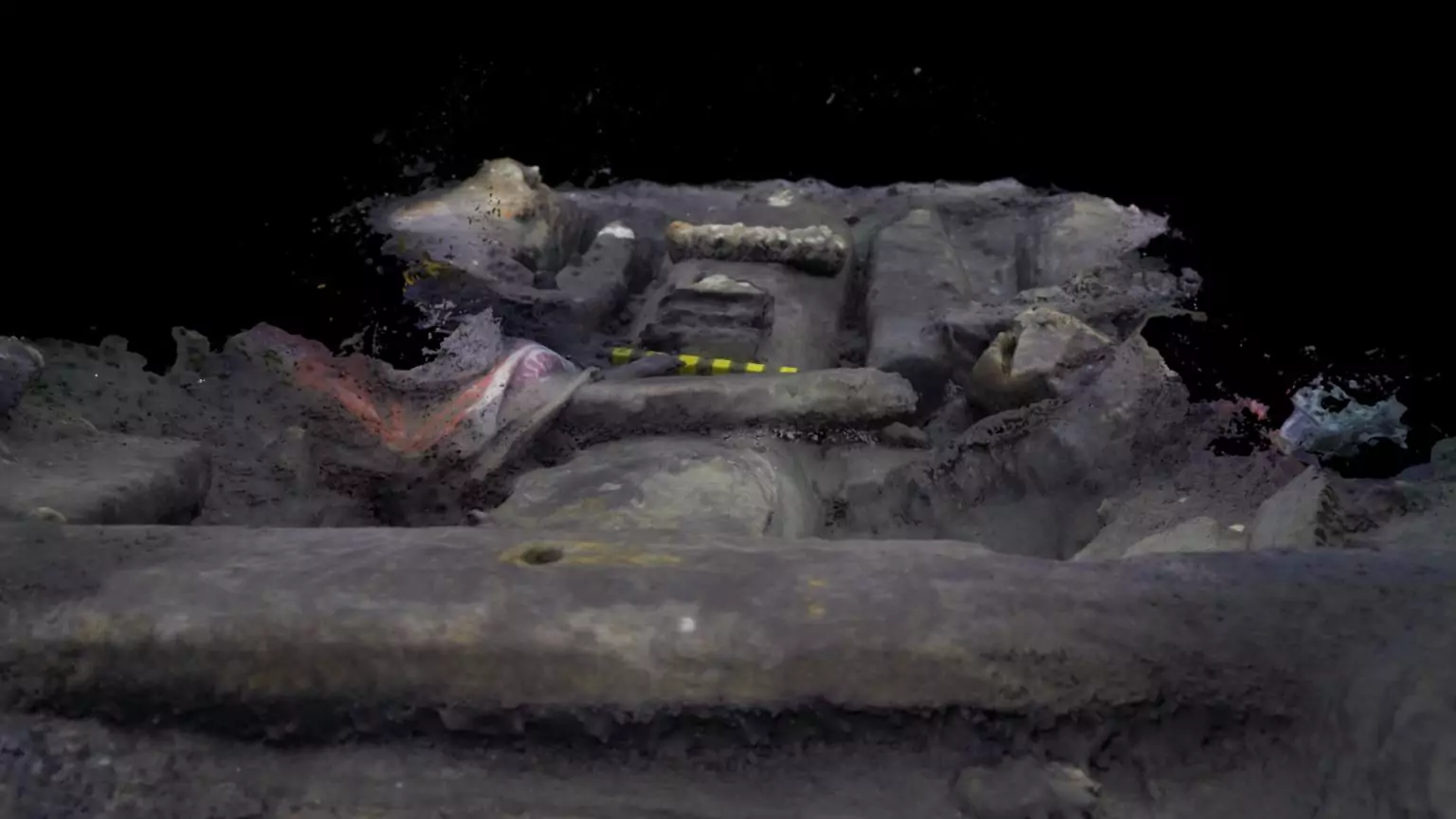
A 3D image of the shipwreck site. “This final report is the culmination of 25 years of detailed and meticulous archaeological study on this important vessel,” said Australian National Maritime Museum director Daryl Karp of the museum’s research, which he described as the “definitive statement” on the project.
Originally launched in 1764 as the Earl of Pembroke, the ship was later renamed Endeavour and chosen for Cook’s first voyage. After her journey through the Pacific, she was sold and renamed Lord Sandwich in 1775. Three years later, she was deliberately sunk during the American War of Independence.
Experts say the wreck’s timbers match the exact size and specifications of the Endeavour, with key structural features like the stem scarf providing strong evidence. Timber samples also point to European origin, in line with known repairs made in 1776.
ANMM archaeologist Kieran Hosty said, “The timbers are British timbers. The size of all the timber scantlings are almost identical to Endeavour, and I’m talking within millimetres — not inches, but millimetres. The stem scarf is identical, absolutely identical. This stem scarf is also a very unique feature — we’ve gone through a whole bunch of 18th-century ship’s plans, and we can’t find anything else like it.”
The discovery holds significant meaning for New Zealand. Cook made his first landfall near Gisborne in 1769, opening the door to large-scale European engagement with the region. The journey on Endeavour laid the foundation for the future colonisation of New Zealand and played a key role in shaping the country’s recorded history.
Despite the strength of the findings, the report has sparked tension. The Rhode Island Marine Archaeology Project (RIMAP), which partnered with ANMM, accused the museum of acting prematurely and breaching contract obligations. RIMAP had previously argued that more evidence was needed before confirming the ship’s identity.
But ANMM archaeologist Dr James Hunter said it was never likely that artefacts like a bell or nameplate would be found.
“The chances of finding artefacts that would provide an immediate identification were very unlikely,” he said. “Anything of value would have been stripped out of that ship before it was scuttled. But what has been recovered up to this point is indicative of an 18th-century time frame.”
Only about 15 percent of the ship’s hull remains. There are no plans to raise it from the seabed. Instead, researchers hope to continue documenting and protecting the site while telling the story of one of the most important voyages in the history of New Zealand and the wider Pacific.
